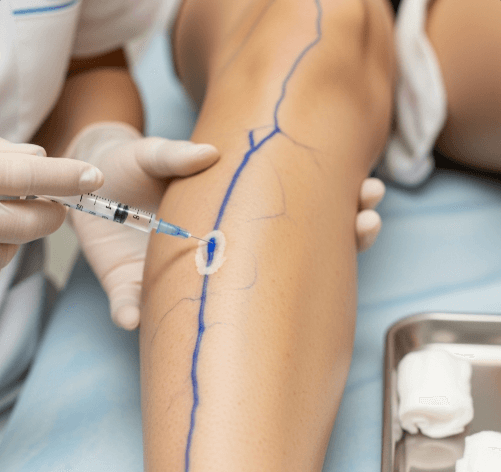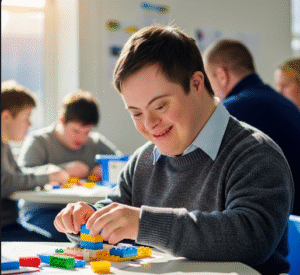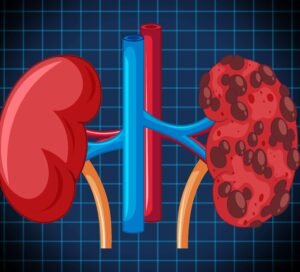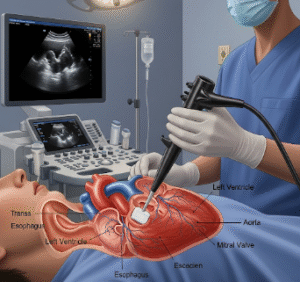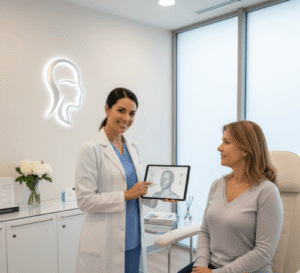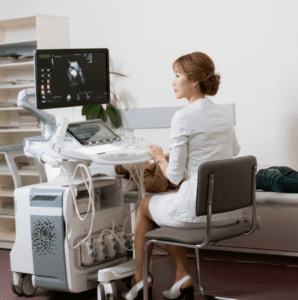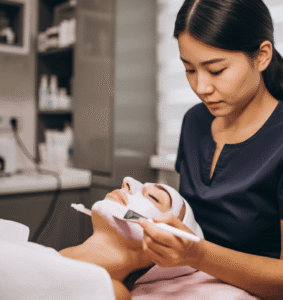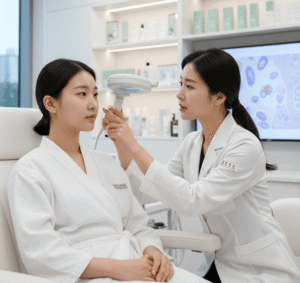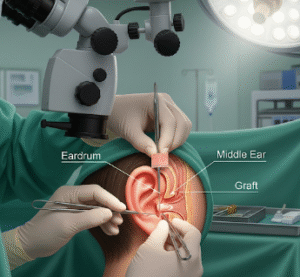Leg Vein Sclerotherapy in Korea is a specialized procedure designed to treat spider veins and small varicose veins that appear on the legs. These dilated veins, often red, blue, or purple in color, are not only a cosmetic concern but can also cause discomfort, heaviness, and swelling. Sclerotherapy involves injecting a sclerosant solution directly into the affected veins, causing them to collapse and fade over time.
Korean clinics, known for combining medical precision with aesthetic expertise, offer sclerotherapy as a safe, effective, and minimally invasive solution. With Korea’s global reputation in vascular care and beauty treatments, patients can expect advanced techniques, skilled specialists, and excellent aftercare for leg vein management.
What It Is
Leg vein sclerotherapy is a non-surgical injection treatment for visible veins. The injected sclerosant solution irritates the lining of the blood vessel, causing it to stick together and close off. Over time, the vein is reabsorbed by the body and fades from view.
Types of sclerosants commonly used in Korea:
- Polidocanol → Gentle, widely used, minimal discomfort.
- Sodium tetradecyl sulfate (STS) → Stronger option for larger veins.
- Hypertonic saline → Occasionally used but less common due to discomfort.
In Korea, sclerotherapy is often combined with vascular lasers or lifestyle guidance for comprehensive vein management.
Why It’s Done
Patients undergo leg vein sclerotherapy in Korea for:
- Cosmetic reasons → Clearer, smoother legs without spider or varicose veins.
- Symptom relief → Reduce leg heaviness, aching, and swelling.
- Anti-aging → Visible veins are associated with aging and poor circulation.
- Confidence boost → Improved appearance, especially for those wearing skirts, shorts, or swimwear.
- Preventive care → Prevent smaller veins from worsening or developing into larger varicosities.
Alternatives
If sclerotherapy is not suitable, Korean clinics may offer alternatives:
- Endovenous laser therapy (EVLT) → For larger varicose veins.
- Radiofrequency ablation (RFA) → Minimally invasive heat-based vein treatment.
- Vascular lasers (Nd:YAG, PDL) → For superficial spider veins on the legs.
- Compression stockings → To relieve symptoms and prevent worsening.
- Lifestyle adjustments → Exercise, leg elevation, and weight management.
Preparation
Preparation for sclerotherapy in Korea includes:
- Consultation → Ultrasound may be performed to map vein structure.
- Medical history → Patients disclose clotting disorders, pregnancy, or medications.
- Pre-care advice → Avoid aspirin, alcohol, or blood thinners before treatment.
- Clothing → Loose pants or skirts recommended for easy access to treatment areas.
Patients are also advised to purchase compression stockings, which are worn after the procedure.
How It’s Done
A leg vein sclerotherapy session in Korea typically lasts 30–60 minutes, depending on the number of veins treated:
- Preparation – The legs are cleansed and marked.
- Injection – A fine needle delivers the sclerosant into the vein.
- Vein reaction – The solution causes the vein to collapse and seal shut.
- Massage and compression – Gentle pressure ensures the sclerosant spreads evenly.
- Post-treatment care – Compression stockings are applied immediately.
Multiple veins can be treated in a single session. Most patients require 2–4 sessions for best results.
Recovery
Recovery is quick, but requires following instructions carefully:
- Immediately after → Patients can walk and resume light activities.
- First 24–48 hours → Compression stockings must be worn continuously.
- 1–2 weeks → Bruising, redness, or small lumps may appear but fade naturally.
- 1–3 months → Veins gradually disappear as the body reabsorbs them.
Korean clinics often schedule follow-up visits to monitor progress and adjust treatment if needed.
Complications
Sclerotherapy is safe when performed by Korean specialists, but possible side effects include:
- Temporary bruising, redness, or itching.
- Small blood clots or trapped blood (easily treated by drainage).
- Hyperpigmentation along the treated vein (usually temporary).
- Matting (fine red veins near the treated site).
- Rare complications such as allergic reactions or deep vein thrombosis.
Korean dermatologists minimize risks by using ultrasound guidance, proper injection techniques, and detailed aftercare instructions.
Treatment Options
Korean clinics offer a range of sclerotherapy programs:
- Spider vein packages → For small, cosmetic red or blue veins.
- Varicose vein sclerotherapy → For larger, symptomatic veins.
- Combination therapies → Sclerotherapy plus Nd:YAG laser for resistant veins.
- Comprehensive leg vein care → Ultrasound-guided treatment with lifestyle guidance.
- Multi-session bundles → Clinics in Seoul, especially in Gangnam, offer affordable packages for 2–4 sessions.
Conclusion
Leg Vein Sclerotherapy in Korea is a proven, effective, and minimally invasive solution for eliminating spider veins and small varicose veins. With skilled specialists, advanced techniques, and a focus on both aesthetics and comfort, Korean clinics provide safe, natural-looking, and long-lasting results.
Supported by holistic care, compression therapy, and preventive lifestyle guidance, Korea has become a global leader in vein treatments. For patients seeking smoother, healthier, and more youthful-looking legs, leg vein sclerotherapy in Korea offers one of the best solutions worldwide.

